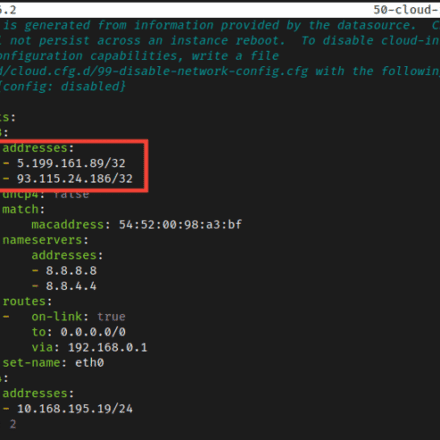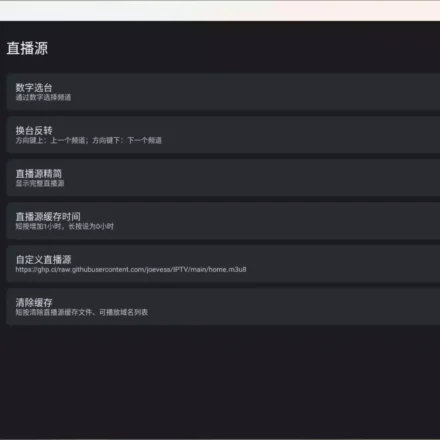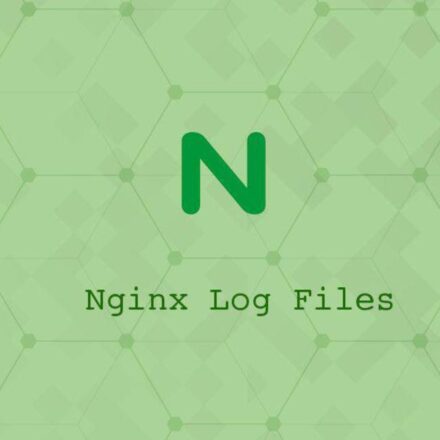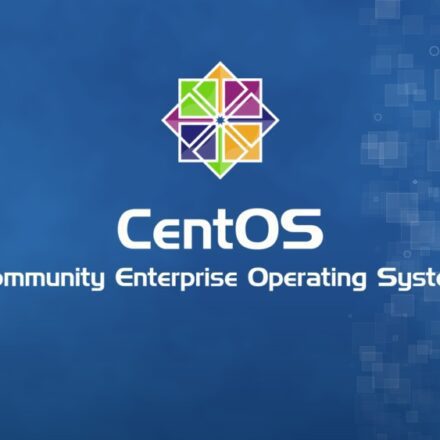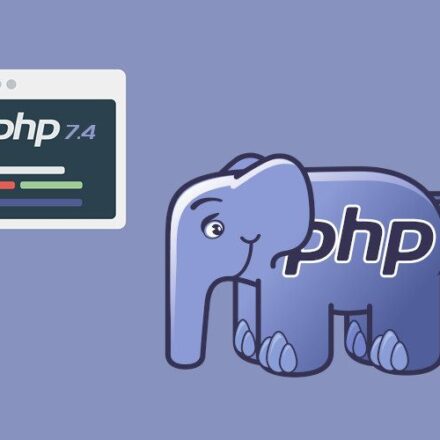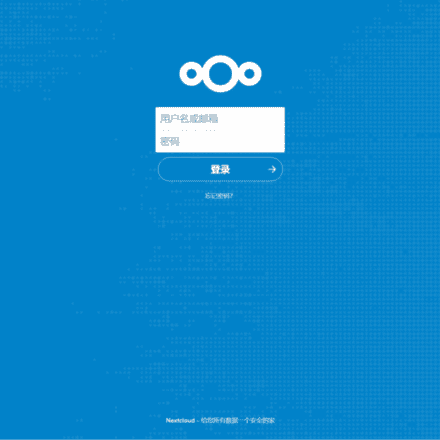Excellent software and practical tutorials
Rocky Linux is here!
Enterprise Linux, the community way.Rocky Linux is an open source enterprise operating system designed to be bug-compatible with Red Hat Enterprise Linux ® 100%. It is under intensive community development.
Rocky Linux official website:https://rockylinux.org/
Download the official version of Rocky Linux:Go to the official download page to download Rocky Linux
When you download and use Rocky Linux, the Rocky Enterprise Software Foundation invites you toJoin the community as a contributorThere are many ways to contribute to the project, from documentation, QA, and testing to coding changes in the SIG, providing mirrors or hosting, and helping other users.
CentOS Stream is here
2019,CentOS The team is publishing CentOS Linux 8, a new CentOS version was released: CentOS Stream 8.
The relationship between CentOS Linux 8 and CentOS Stream 8 is as follows:
CentOS Linux is a downstream version of RedHat Enterprise Linux (RHEL).
CentOS Stream, as a rolling preview version of RHEL, will be the downstream version of Fedora and the upstream version of RHEL.
What does this mean? In general, the relationship now looks like this:
Fedora->CentOS Stream->RedHat Enterprise Linux->CentOS Linux
Fedora and CentOS Stream will have rolling updates, acting as a testing ground for RHEL, and then pushing stable features to RHEL. CentOS Linux will continue to be a "rebuilt" version of RHEL, with similar stability to RHEL.
At first glance, um, it's perfect. If you want to be a guinea pig, use Fedora and CentOS Stream, and if you want a stable version, use CentOS. After all, Fedora and CentOS are free.
At this time, the emergence of CentOS Stream did not have a big impact on the existing CentOS Linux users. "After all, it did not affect these users, and we did not interfere with each other."
However, this harmonious situation did not last long.
CentOS project changes its tune
On December 8, 2020, the official blog of CentOS published an article: CentOS Project shifts focus to CentOS Stream (The CentOS project will shift its focus to CentOS Stream), "the future belongs to CentOS Stream (future-is-centos-stream)".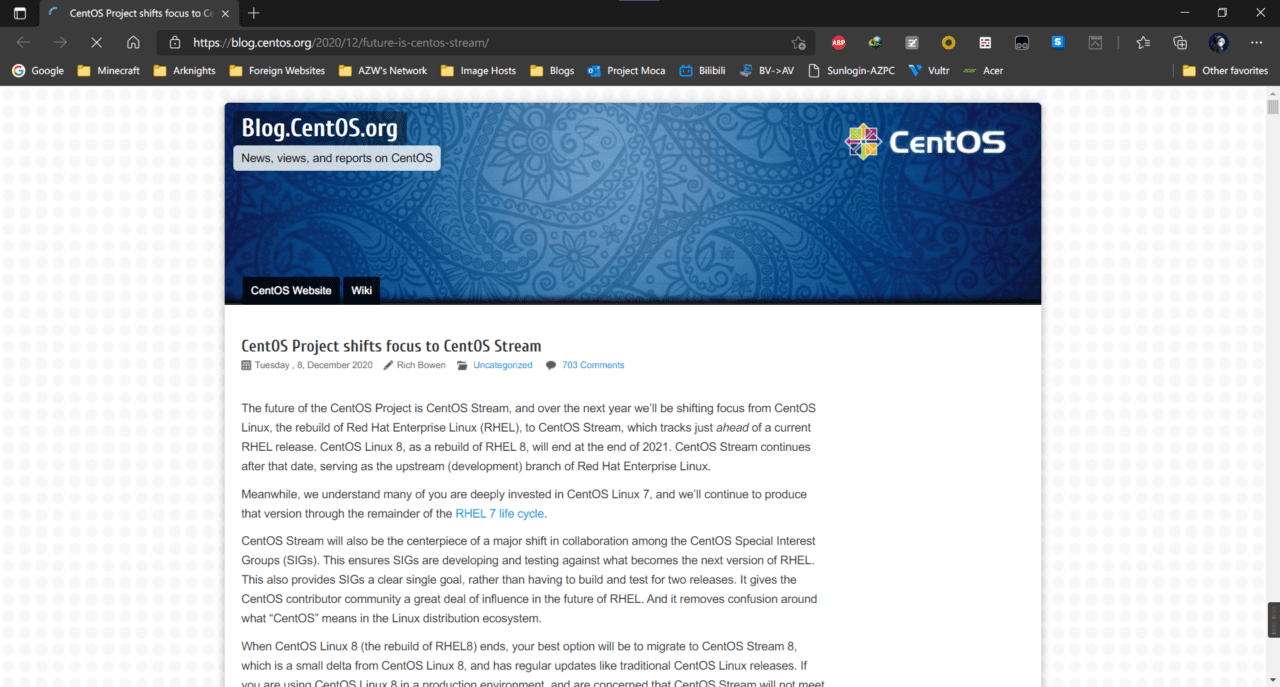
The future of the CentOS Project is CentOS Stream, and over the next year we'll be shifting focus from CentOS Linux, the rebuild of Red Hat Enterprise Linux (RHEL), to CentOS Stream, which tracks just ahead of a current RHEL release. CentOS Linux 8, as a rebuild of RHEL 8, will end at the end of 2021. CentOS Stream continues after that date, serving as the upstream (development) branch of Red Hat Enterprise Linux.
The future of the CentOS project belongs to CentOS Stream. We will shift the focus of the CentOS project from CentOS Linux (a rebuilt version of Red Hat Enterprise Linux, RHEL) to CentOS Stream over the next year, and its updates will be located on RHEL BeforeCentOS Linux 8, a re-built version of RHEL 8, will reach the end of support at the end of 2021. CentOS Stream will continue to be supported after this time, and CentOS Stream will serve as the upstream (development) branch of RHEL.
As soon as this article was published, it immediately attracted a lot of dissatisfaction. You can get a rough idea of this from the comments under this blog post.
CentOS Linux 8 users should either switch to the unstable CentOS Stream or switch to RHEL and then purchase a license (of course, they can also switch to other downstream versions of RHEL).
CentOS 7 has a large user base, so the end of support date is not affected and is still 2024/6/30. However, it is not long before the end of support. What should I do after the end of support? Switch to paid RHEL? Or use the unstable CentOS Stream?
In short, there is no free lunch in the world. If you want stability, go buy RHEL or use CentOS Stream as a guinea pig. (Of course, other RHEL downstream versions can also be considered)
The acquisition of CentOS by RedHat determined its fate today.
The founder of CentOS was dissatisfied, so RockyLinux was born
The decision to end support for CentOS Linux has deviated from CentOS's original goal: a re-built version of RHEL.
After this incident, many RHEL rebuild projects emerged, such as AlmaLinux.
Gregory Kurtzer, the founder of CentOS, therefore started a new project, Rocky Linux, to achieve the original goal of CentOS. The Rocky in the name comes from Rocky McGaugh, the co-founder of CentOS.
Two days after the project was announced, Rocky Linux's GitHub Repo received 2000+ Stars, which shows that many people (including myself) are resentful of RedHat's actions.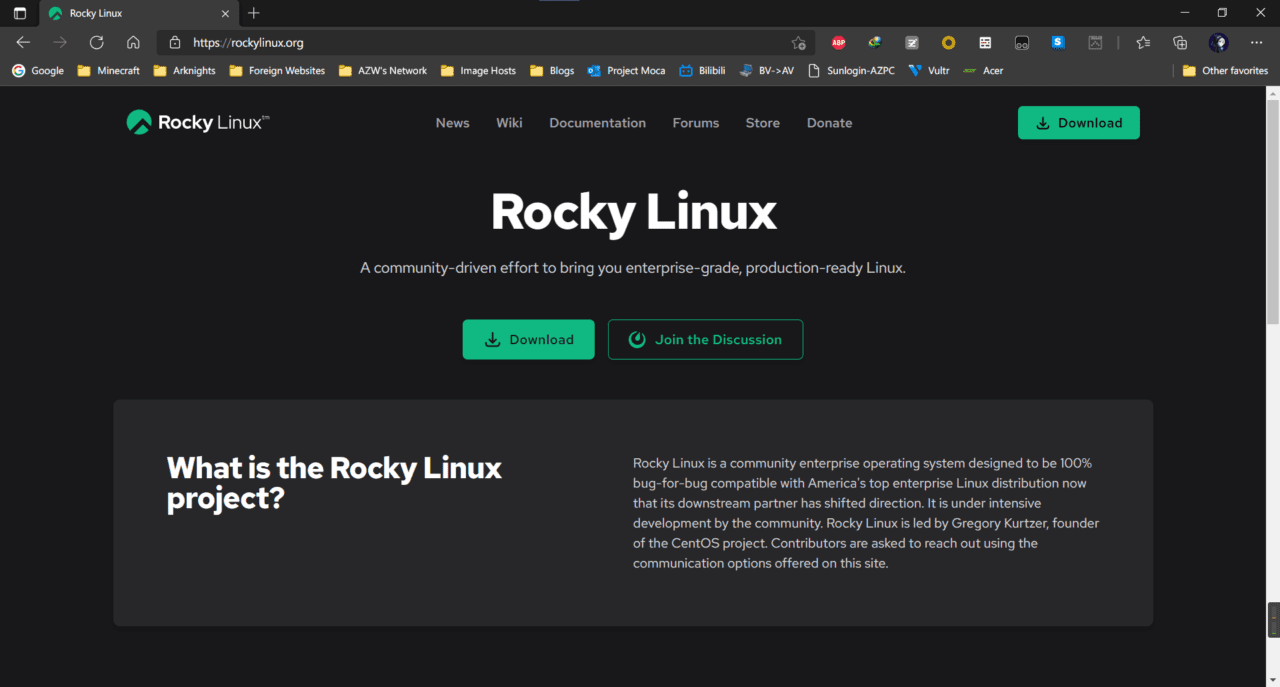 Rocky Linux has recently released its first stable version.
Rocky Linux has recently released its first stable version.
Summarize
To put it bluntly, everything is about vested interests.
After CentOS was acquired by RedHat, this outcome was inevitable, but no one expected it to come so soon.
Fortunately, most of RHEL is still GPL open source. Without CentOS, we at least have other options. Perhaps at this time, Rocky Linux or AlmaLinux may be the best choice.
CentOS is dead, but there are alternatives.
Further reading:
Rocky Linux Migration Method from CentOS Stream, CentOS, Alma Linux, RHEL or Oracle Linux-1
Original source:


